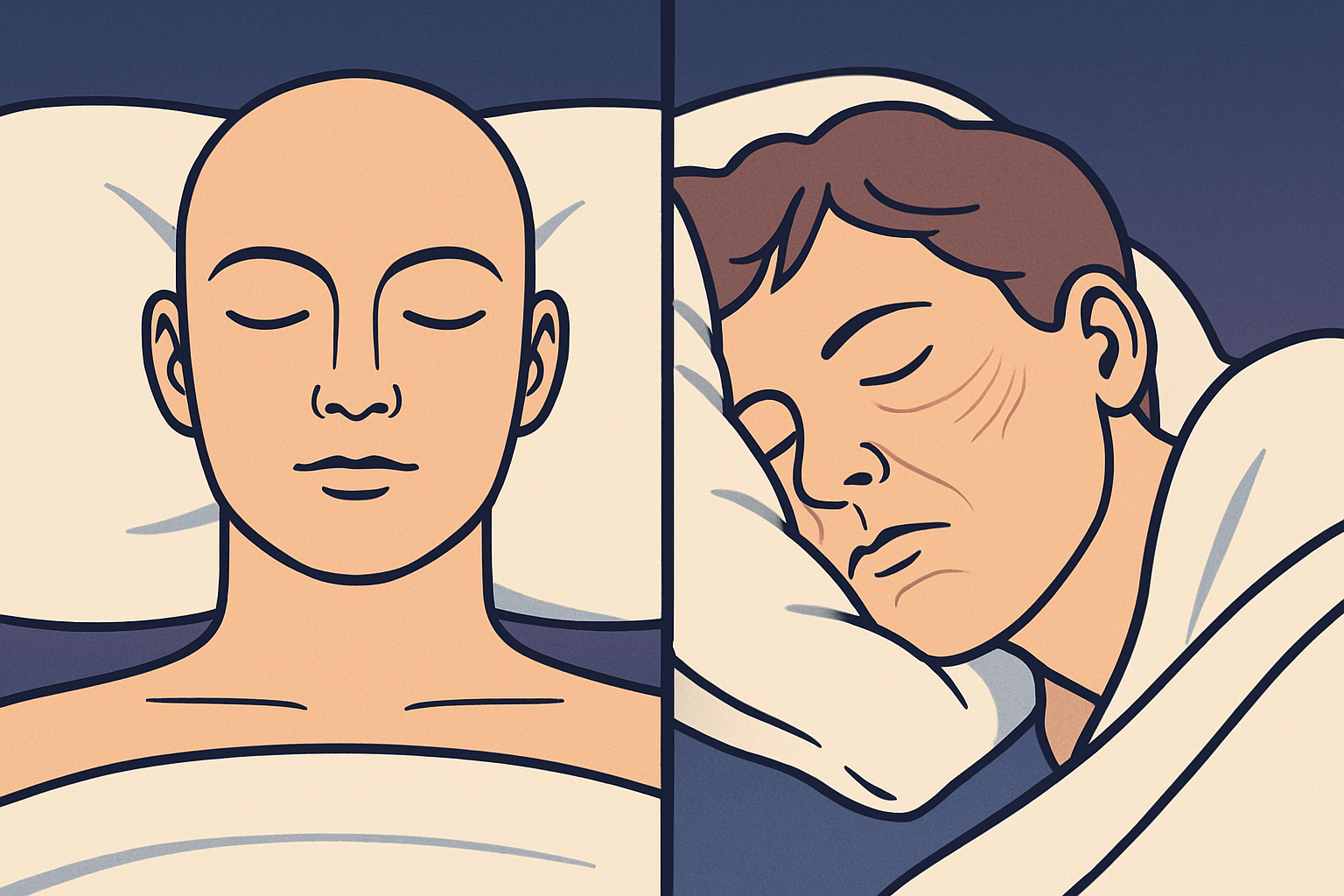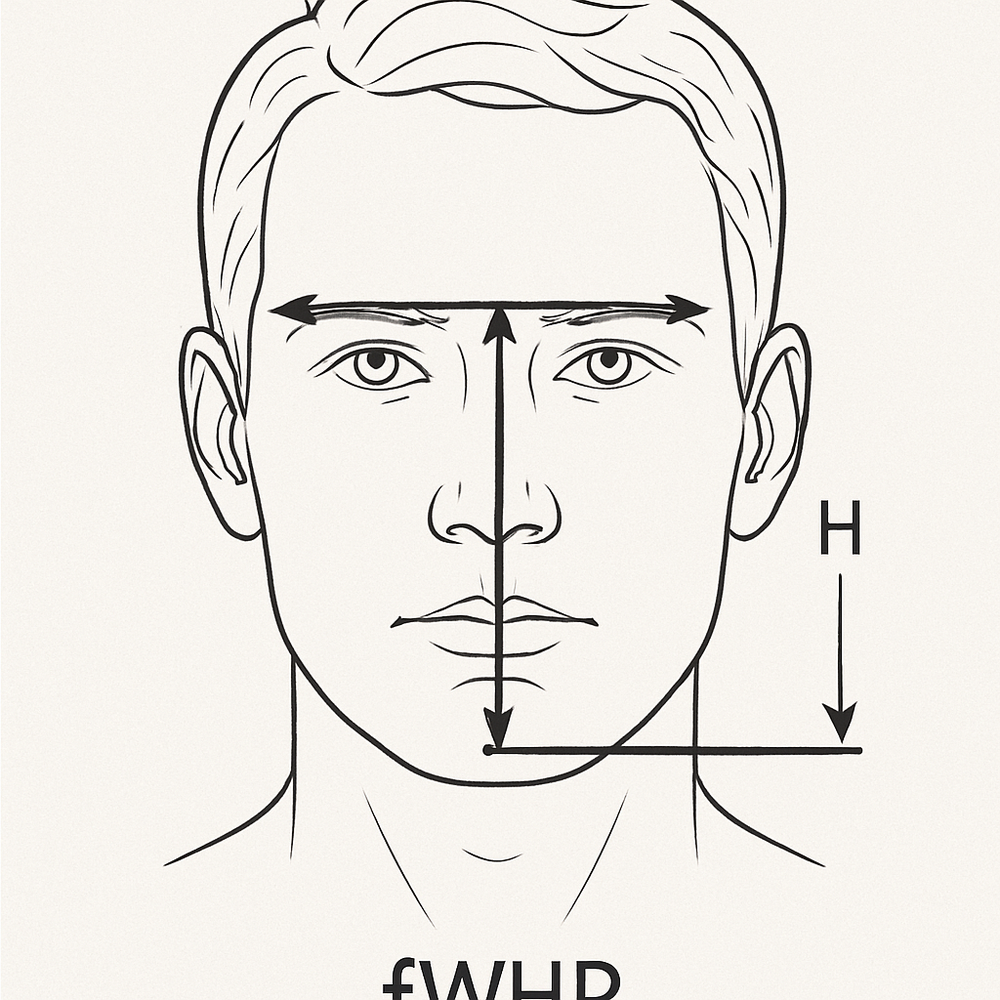Introduction
Facial lengthening has garnered significant attention in recent years, driven by both aesthetic aspirations and societal influences. Many individuals seek a longer face to harmonize their features, achieve symmetry, or conform to contemporary beauty standards. The desire for a longer face can be rooted in the perception that elongated facial structures often convey elegance and refinement. Additionally, cultural and media representations frequently highlight the appeal of longer faces, further influencing personal preferences.
There are myriad methods available for those wishing to attain a longer face, ranging from natural techniques to more invasive artificial procedures. Natural methods typically include facial exercises, posture adjustments, and dietary changes aimed at enhancing overall facial structure. On the other hand, artificial methods encompass medical and cosmetic interventions such as dermal fillers, surgical implants, and orthodontic treatments. Each approach carries its own set of benefits and considerations, necessitating a thorough understanding before making informed decisions.
In this blog post, we will explore the various avenues available for achieving a longer face. By delving into both natural and artificial methods, we aim to provide comprehensive insights and guidance for those contemplating this transformation. Whether driven by personal aesthetics or societal influences, understanding the options can empower individuals to make choices that align with their goals and preferences.
Understanding Facial Proportions
Facial proportions play a significant role in determining overall attractiveness, influencing both how we perceive ourselves and how others perceive us. Central to the science of facial aesthetics is the concept of the golden ratio, a mathematical principle that is often cited as a standard for beauty. This ratio, approximately 1.618, suggests that certain facial measurements, such as the distance between the eyes and the length of the face, can be harmoniously balanced to create an appealing appearance.
Another key aspect of facial proportions is the length-to-width ratio, which refers to the relationship between the vertical and horizontal dimensions of the face. Ideally, a balanced face has a length that is about 1.5 times its width. This ratio is considered to be universally attractive; however, it is important to recognize that beauty standards can vary significantly across different cultures. For instance, in some cultures, a rounder face is preferred, whereas in others, a longer face may be seen as more desirable.
Individual preferences also play a crucial role in perceptions of facial attractiveness. While the golden ratio and ideal length-to-width ratio provide general guidelines, personal tastes and cultural influences can lead to a wide range of opinions on what constitutes a beautiful face. Therefore, while striving for a longer face or attempting to alter facial proportions, one should consider the diversity of aesthetic standards and individual differences.
Understanding these fundamental principles of facial proportions can help individuals make informed decisions about enhancing their appearance. Whether through natural methods such as facial exercises and posture adjustments or artificial means like cosmetic procedures, aligning one’s facial proportions with these golden standards can contribute to achieving a more balanced and attractive look.
Natural Methods for Lengthening the Face
For those seeking to achieve a longer face naturally, several methods can be employed to create the desired effect. These methods not only enhance facial aesthetics but also promote overall well-being. Among the most effective techniques are facial exercises, posture improvement, and strategic hairstyling.
Facial exercises are a non-invasive way to tone and elongate facial muscles. These exercises target specific areas such as the jawline, cheeks, and forehead, promoting muscle growth and skin elasticity. For instance, regularly practicing the ‘fish face’ exercise, where you suck in your cheeks and hold the position for a few seconds, can help in defining the cheekbones and elongating the face. Another effective exercise is the ‘chin lift,’ which involves tilting the head back and pushing the lower jaw forward to stretch and tone the muscles under the chin and along the jawline.
Improving posture is another natural method that can influence the appearance of facial length. Maintaining a straight, upright posture elongates the neck and aligns the facial features, giving the impression of a longer face. Practicing yoga or pilates can enhance posture by strengthening the core and back muscles, which support an upright stance. Simple daily adjustments, such as keeping the head level and shoulders back, also contribute significantly to improving posture.
Specific hairstyles can also create the illusion of a longer face. Hairstyles that add height at the crown or have vertical lines can make the face appear elongated. For example, a high ponytail or updo draws the eyes upward, giving the illusion of length. Long, straight hair can also have a slimming effect on the face. Additionally, layers that start below the chin or side-swept bangs can balance the facial proportions, enhancing the perception of length.
By incorporating these natural methods into your daily routine, it is possible to achieve a longer face without resorting to surgical interventions. These techniques not only improve facial aesthetics but also contribute to overall health and confidence.
The role of diet and nutrition in shaping facial structure cannot be overstated. While genetics play a significant role in determining the contours and dimensions of one’s face, the right diet can support bone health and skin elasticity, potentially influencing facial structure over time. Consuming a diet rich in essential nutrients not only promotes general well-being but also contributes to the aesthetic and structural integrity of the face.
One of the key components for supporting bone health is calcium. This mineral is fundamental for bone density and strength, which directly impacts facial bone structures. Foods rich in calcium include dairy products like milk, cheese, and yogurt, as well as leafy greens such as kale and spinach. In addition, vitamin D is crucial as it aids in the absorption of calcium. Sources of vitamin D include fatty fish, fortified dairy products, and exposure to sunlight.
Protein is another essential nutrient that plays a role in maintaining skin elasticity and muscle tone. Protein-rich foods such as lean meats, fish, legumes, and nuts provide the necessary building blocks for collagen production. Collagen is a protein that helps maintain the skin’s firmness and elasticity, which can enhance facial contours. Vitamin C, found in citrus fruits, strawberries, and bell peppers, further supports collagen synthesis, contributing to a youthful and resilient skin texture.
Healthy fats, particularly omega-3 fatty acids, are also vital for skin health. These fats help maintain the skin’s lipid barrier, keeping it hydrated and supple. Sources of omega-3 fatty acids include salmon, walnuts, chia seeds, and flaxseeds. Additionally, antioxidants found in fruits and vegetables protect the skin from damage caused by free radicals, promoting a healthy and vibrant complexion.
Maintaining a balanced diet that incorporates these essential nutrients is key to promoting overall facial aesthetics. Regularly including a variety of nutrient-dense foods in your meals can support bone growth and skin health, ultimately contributing to a more defined and youthful facial structure. While diet alone may not dramatically alter facial dimensions, it certainly plays a supportive role in enhancing natural beauty and maintaining facial integrity over time.
Cosmetic Techniques and Makeup Tips
Achieving the appearance of a longer face can be effectively managed through various cosmetic techniques and makeup tips. One of the most popular methods is strategic contouring and highlighting, which can significantly alter the perceived dimensions of your face.
Begin by using a contour shade that is one to two shades darker than your natural skin tone. Apply the contour along the sides of your nose and under your cheekbones, extending it towards your jawline. This creates shadows that give the illusion of a more elongated face. Blending is crucial to ensure a natural look, so use a makeup sponge or brush to soften any harsh lines.
Highlighting complements contouring by bringing forward the areas you want to emphasize. Use a highlighter on the center of your forehead, down the bridge of your nose, and on the tops of your cheekbones. This creates a balanced contrast that enhances facial length.
Choosing the right hairstyles can also impact the appearance of your face. Opt for styles that add volume at the crown of your head, such as layered cuts or updos, to elongate your face. Avoid hairstyles that add width at the sides, as they can make your face appear shorter and wider.
Accessories play a vital role as well. Long, dangling earrings can draw the eyes downward, making your face seem longer. Similarly, V-neck tops and long necklaces can create a vertical line that enhances the elongated effect.
Here’s a step-by-step guide to execute these tips effectively:
1. Start with a clean, moisturized face and apply your foundation as usual.
2. Contour the sides of your nose, under your cheekbones, and along your jawline.
3. Highlight the center of your forehead, bridge of your nose, and tops of your cheekbones.
4. Blend all products seamlessly for a natural finish.
5. Style your hair to add volume at the crown and choose accessories that elongate your face.
By integrating these makeup and cosmetic techniques, you can naturally create the appearance of a longer face, enhancing your overall look and boosting your confidence.
Non-Surgical Medical Procedures
Non-surgical medical procedures offer an effective alternative for individuals seeking to elongate their face without undergoing invasive surgery. These methods include dermal fillers, Botox, and other non-invasive treatments that can subtly alter facial contours. Understanding how these procedures work, their benefits, and potential risks is crucial for making an informed decision.
Dermal fillers, commonly composed of hyaluronic acid, are injected into specific areas of the face to add volume and definition. By strategically placing these fillers along the jawline, cheeks, or chin, medical professionals can create the illusion of a longer face. The process typically takes about 30 minutes and results are visible almost immediately. Benefits include minimal downtime and the ability to resume daily activities shortly after the procedure. However, potential risks involve temporary swelling, bruising, or allergic reactions to the filler material.
Botox, another popular non-surgical option, works by relaxing certain facial muscles that contribute to a rounder or shorter appearance. For instance, injecting Botox into the masseter muscles (located at the jawline) can slim down a wide face, thus elongating its overall appearance. The procedure is quick, usually completed within 10-15 minutes, and its effects become noticeable within a week. The benefits of Botox include its non-permanent nature, allowing adjustments over time. Nonetheless, risks may involve minor bruising, temporary discomfort, or unintended muscle relaxation.
Other non-invasive treatments like thread lifts and radiofrequency therapy also contribute to facial elongation. Thread lifts involve inserting dissolvable threads under the skin to lift and tighten facial features, offering immediate results with minimal recovery time. Radiofrequency therapy, on the other hand, uses heat to stimulate collagen production, gradually tightening and contouring the face over several sessions. Both treatments present benefits such as minimal invasiveness and gradual, natural-looking improvements. However, they also come with risks like infection, uneven results, or temporary discomfort.
During and after these treatments, individuals can expect some degree of redness or swelling, which typically subsides within a few days. It is essential to follow post-procedure care instructions provided by the healthcare professional to ensure optimal results and minimize complications. By exploring these non-surgical medical procedures, individuals can achieve a longer face with fewer risks and downtime compared to traditional surgical methods.
Surgical Options for Facial Lengthening
For individuals seeking more permanent and significant changes to their facial structure, surgical options can provide effective solutions. One of the primary surgical methods for facial lengthening is orthognathic surgery. This procedure involves realigning the jawbones to correct skeletal discrepancies, thereby altering the facial profile. Typically, orthognathic surgery is performed by an oral and maxillofacial surgeon and may require collaboration with orthodontists. The process often begins with a detailed consultation and imaging studies to plan the surgery accurately. Recovery time can vary but generally includes several weeks of wearing braces and a few months for the bones to stabilize fully.
Another surgical option is the use of chin implants. Chin augmentation surgery, also known as genioplasty, involves inserting a silicone or other biocompatible material implant to enhance the chin’s prominence. This can create the appearance of a longer face by extending the lower facial region. The procedure is relatively straightforward, typically performed under local anesthesia with sedation or general anesthesia. Recovery is usually swift, with most patients returning to normal activities within a week. However, as with any surgical procedure, there are potential risks, such as infection, implant displacement, or adverse reactions to anesthesia.
Facial reconstruction is a more comprehensive surgical approach that might be necessary for individuals with congenital deformities or those who have suffered traumatic injuries. This extensive procedure involves multiple stages and can include bone grafting, tissue expansion, and repositioning of facial features to achieve the desired outcome. The recovery period for facial reconstruction is longer and more complex, often requiring several months to a year, depending on the extent of the surgery. Patients must be aware of the potential complications, which may include scarring, asymmetry, and the need for additional corrective surgeries.
Overall, surgical options for facial lengthening offer significant and lasting results but come with inherent risks and recovery periods. Individuals considering these procedures should thoroughly discuss their goals, expectations, and potential risks with a qualified surgeon to make an informed decision.
Conclusion and Final Thoughts
In our exploration of how to get a longer face naturally or artificially, we have delved into various methods, ranging from non-invasive techniques to surgical procedures. Natural methods such as facial exercises and makeup techniques offer a cost-effective and safe way to achieve subtle changes. These methods require consistent effort and patience but can yield satisfactory results over time. On the other hand, artificial methods like dermal fillers, implants, and orthognathic surgery provide more immediate and pronounced changes. However, these options come with higher costs, potential risks, and the necessity of professional medical intervention.
Choosing the best method for facial lengthening depends largely on individual needs, preferences, and the desired outcome. Those looking for minimal alterations may find natural methods sufficient, while individuals seeking significant changes might prefer surgical options. It is crucial to consult with medical professionals before undergoing any artificial procedure to thoroughly understand the risks, benefits, and expected results. Medical advice ensures that the chosen method aligns with one’s health condition and aesthetic goals.
Regardless of the chosen method, embracing one’s natural beauty remains paramount. While it’s entirely valid to seek enhancements that boost confidence, it’s equally important to appreciate the unique features that make each face distinct. The decision to alter one’s facial appearance should be made thoughtfully, weighing all pros and cons, and ideally, with professional guidance.
Ultimately, whether opting for natural or artificial methods, the journey towards achieving a longer face should be approached with a balanced perspective. A well-informed decision, grounded in realistic expectations and professional advice, ensures a positive experience and satisfactory results. Remember, beauty is not solely defined by facial proportions but by the confidence and authenticity one projects.








